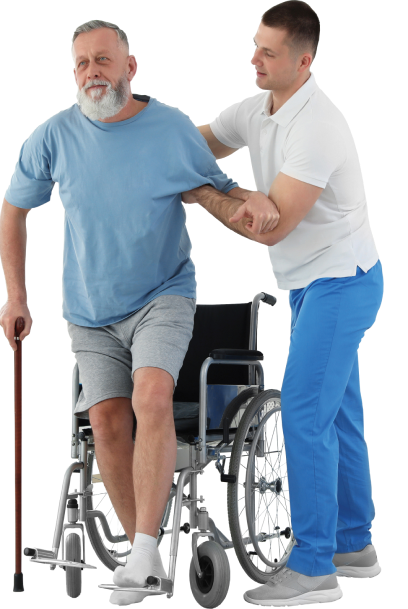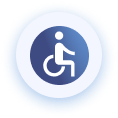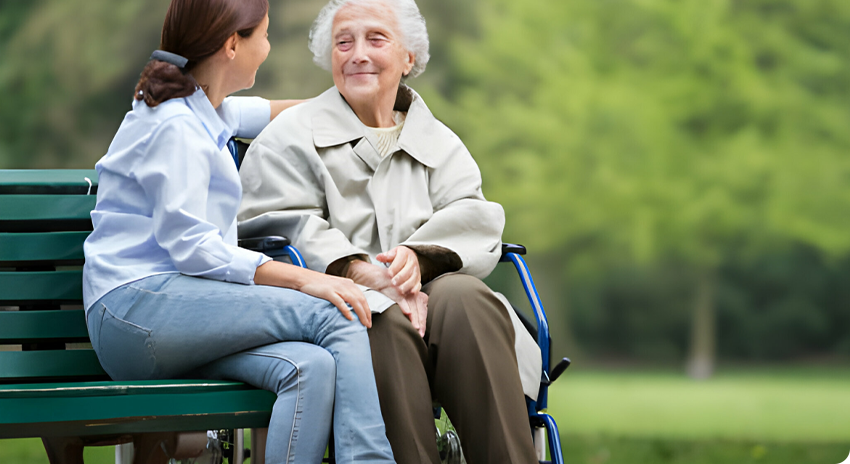Looking for some festive fun to brighten up those dark December nights?
The Olympian has put together a guide to holiday light displays around Thurston County, based on reader submissions and information from local organizations, including Experience Olympia & Beyond.
Some of the displays are at private homes, while others are at public venues. All aim to bring yuletide wonder to people in the greater Olympia area.
Here’s our guide to Thurston County holiday lights in 2025:
Downtown for the Holidays
Where: Downtown Olympia
When: Daily through Wednesday, Dec. 24
will be a hotspot for holiday cheer in December thanks to Downtown for the Holidays, coordinated by the Olympia Downtown Alliance.
The celebration of winter holiday fun began Sunday, Nov. 30, with WinterFest, but offerings continue in December, including Nutcracker-themed selfie scenes.
“ for a string of garland, which will stretch over 1 mile along the storefronts,” said Experience Olympia & Beyond, which included Downtown for the Holidays in its round-up of holiday light displays and activities.
Epic Lights
Where: 11948 Dream St. SW, Olympia
When: 5 to 10 p.m. daily, through Wednesday, Dec. 31
features thousands of holiday lights synced with music. If you show up from 8 to 10 p.m., you can help pick the tunes.
The family behind Epic Lights first started producing a holiday light show in 2019.
Lights on Griffin Ridge
Where: 6420 37th Lane NW, Olympia
When: 5:30 to 10:30 p.m. nightly through Saturday, Jan. 10
more than 25,000 LED lights synced to music.
“Tune your car radio to 107.1 and enjoy the show,” an organizer told The Olympian, noting “we have five 20-minute shows that play on rotation.”
Visitors are asked not to block the street or driveways in the area. However, you can park in the ditch on the far side of the home.
Olympia Holiday Light Parades
Where: Various neighborhoods in Olympia
When: 6 p.m. Wednesday, Dec. 3; Tuesday, Dec. 9, and Thursday, Dec. 18
feature city vehicles decked out in holiday lights.
The parades take place over three nights in different parts of the city. Go to olympiawa.gov to see parade schedules and route maps.
Schilter Family Farm
Where: 141 Nisqually Cutoff Road SE, Olympia
When: 9 a.m. to dusk daily through Sunday, Dec. 14
A lighted nativity scene is part of the holiday fun at Schilter Family Farm.
your own Christmas tree at the farm or choose from freshly-cut options, plus visit with Santa Claus, depending on the day and time you stop by.
Tumwater Christmas Tree Lighting Festival
Where: City Hall, 555 Israel Road SW in Tumwater, and Headquarters Fire Station, 311 Israel Road SW in Tumwater
When: 1 to 5:30 p.m. Saturday, Dec. 6
The event features and food trucks, and culminates with the Christmas tree lighting at 5:30 p.m. The tree will be lit up throughout December.
Warner Street Wonderland
Where: 1207 Warner St. NW, Olympia
When: 5 to 9 p.m. daily through Friday, Dec. 26.
The home is decked out with more than 3,000 lights, including “vibrant color-changing effects that ripple across the yard and roofline,” organizers told The Olympian.
The residence also features “festive inflatables, lighted Christmas tree, a glowing candy cane pathway and holiday music,” organizers said.
Yelm Christmas in the Park
Where: Yelm City Park, Yelm
When: 10 a.m. to 3 p.m. Saturday, Dec. 6
The event at Yelm City Park , activities and more. It starts after the Yelm Chamber of Commerce’s , which kicks off at 9 a.m.
If you miss the parade and event, you can still get in on the holiday cheer. The city park will have holiday lights on display throughout December.
Yelm Winter Solstice Walk
Where: Cochrane Memorial Park, Yelm
When: 5 to 6 pm. Wednesday, Dec. 17
decked out in holiday lights as community members gather for a peaceful nature walk to mark the approaching winter solstice.
Music will be playing, with the lights illuminating the path.
Participants are asked to bring a lantern or flashlight.
Submit your home to The Olympian’s holiday lights guide
Decorating for the holidays? There’s still time to submit your Olympia-area home or business to The Olympian’s 2025 holiday lights guide.
Simply fill out this form to share a description and photos of your festive display:
 253-534-9596
253-534-9596




 Service Areas
Service Areas




